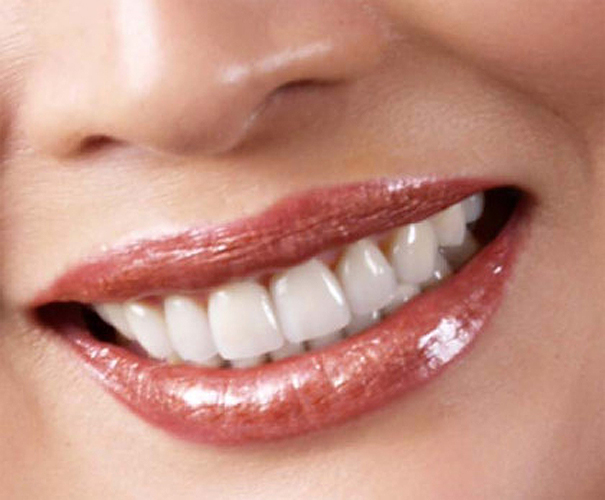The word "periodontal" means "around the tooth". There are different types of diseases of the gum, from so-called gingivitis to chronic periodontitis. These are mainly infections of one or more teeth, arising due to non-appropriate care and/or inadequate oral hygiene. A chronic bacterial infection may affect gums and the bone tissue supporting teeth, which might lead to inflammation, or even to tooth loss.
First of all, the bacteria existing in plaque (a film of sticky material containing saliva and food particles, as well as the bacteria itself, becomes attached to the tooth surface both above and below the gum line) causes one's gums to become inflamed; the gum begins to swell and redden, and in some cases may bleed slightly - yet you may not feel any pain or inconvenience. If it is not treated in time it gets more serious - and the plaque and tartar (the hard deposit of mineralised plaque) spread below the gum line. The bacteria produces different toxins, which later cause more serious inflammation. Finally, the bone tissues are destroyed. Meanwhile, gums become separated from your teeth, forming "pockets" (a place located between the teeth and gums), raising the possibility that one will get a major infection. As the problem becomes more serious, the pockets deepen - and more bone and gum tissue is eliminated.
This whole process in many cases may not be recognized in time because it has very mild symptoms. Often, it may lead to other body organ problems. If, via a check-up, you are diagnosed as having a periodontal disease your dentist will suggest the most suitable form of treatment for you because, in contrast to what is generally believed, this complaint can be treated.
